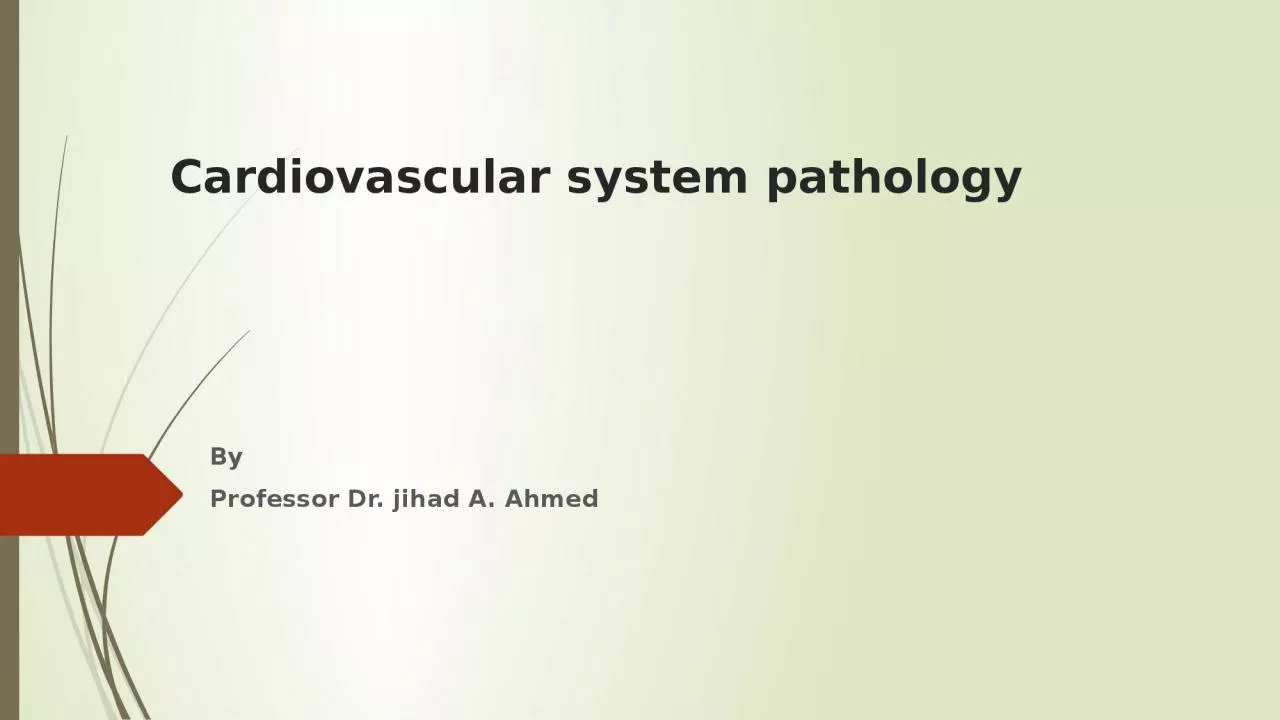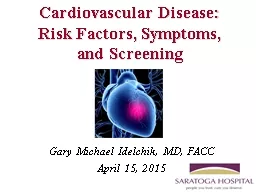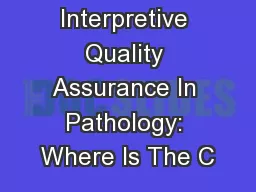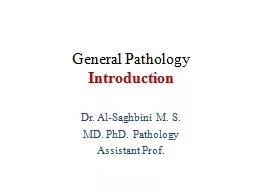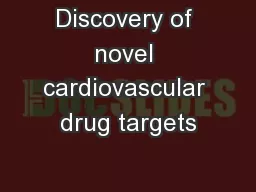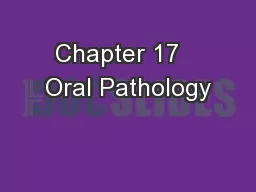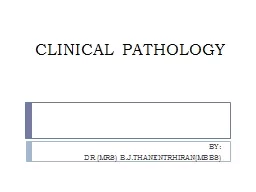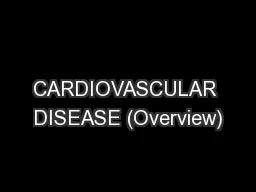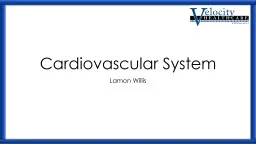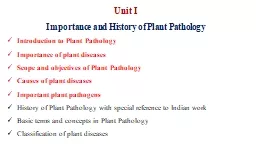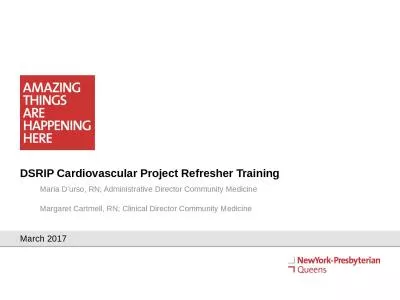PPT-Cardiovascular system pathology
Author : emily | Published Date : 2024-02-09
By Professor Dr jihad A Ahmed Inflammatory status of the heart 1 Pericarditis Pericarditis refers to inflammation of the visceral or parietal pericardium Acute
Presentation Embed Code
Download Presentation
Download Presentation The PPT/PDF document "Cardiovascular system pathology" is the property of its rightful owner. Permission is granted to download and print the materials on this website for personal, non-commercial use only, and to display it on your personal computer provided you do not modify the materials and that you retain all copyright notices contained in the materials. By downloading content from our website, you accept the terms of this agreement.
Cardiovascular system pathology: Transcript
Download Rules Of Document
"Cardiovascular system pathology"The content belongs to its owner. You may download and print it for personal use, without modification, and keep all copyright notices. By downloading, you agree to these terms.
Related Documents

